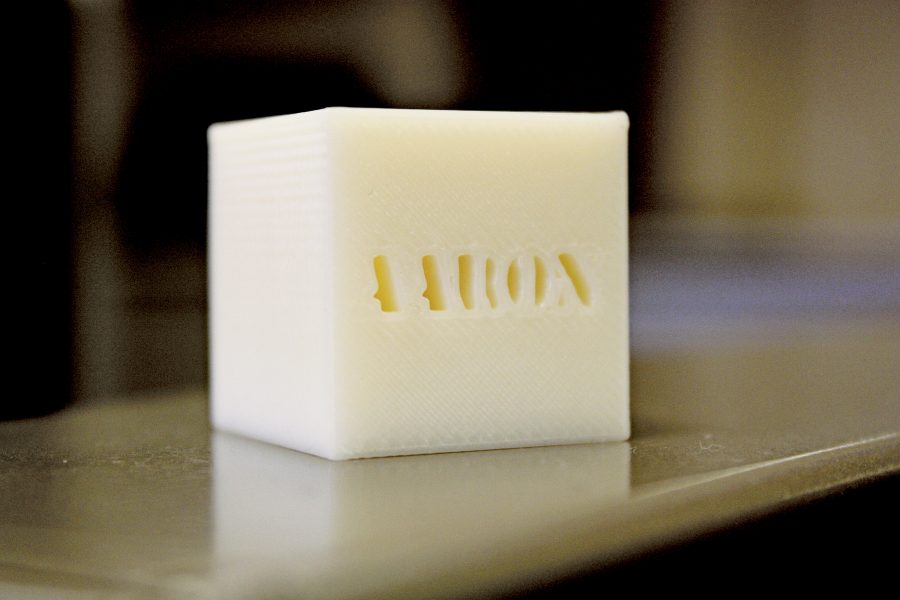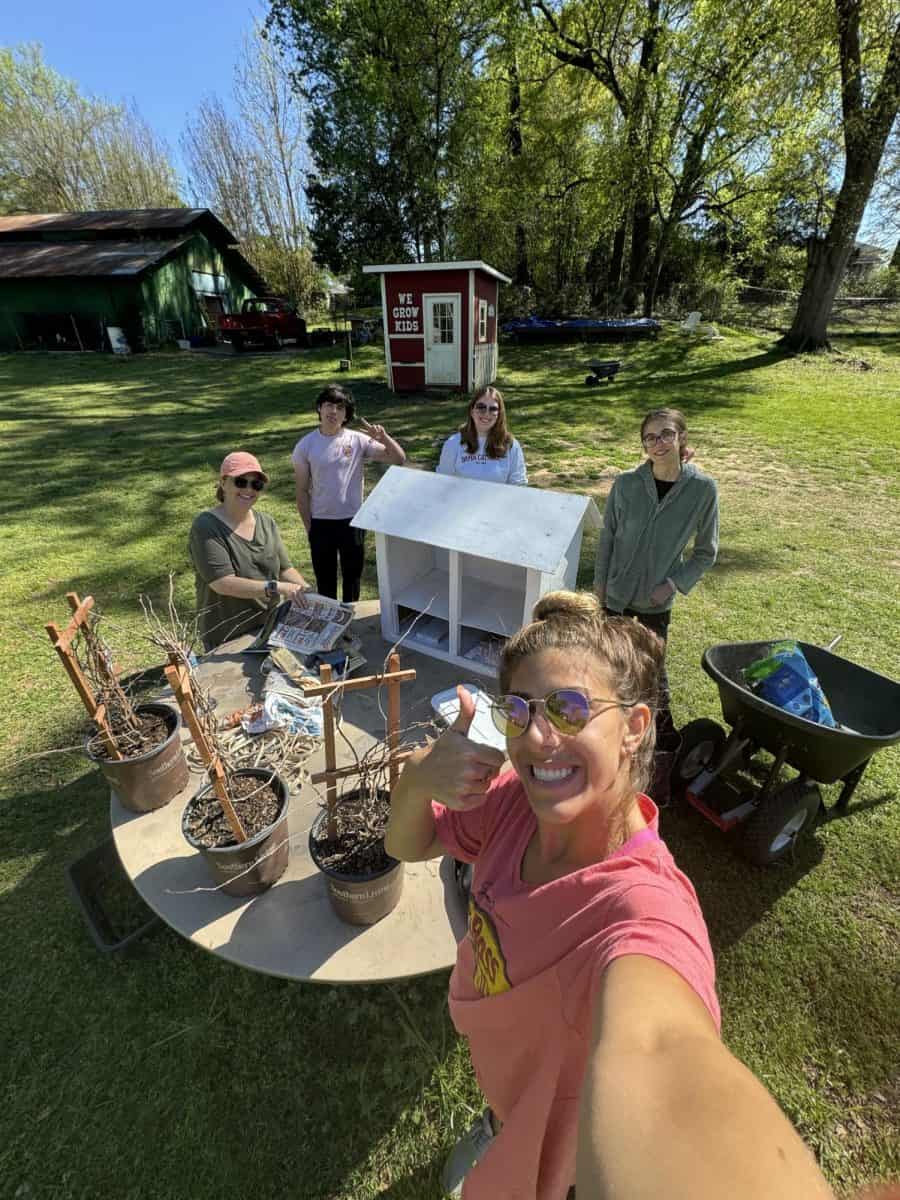The clicks of a mouse, the taps of a keyboard and the heat of a printing bed are helping students bring their ideas to life in a whole new way. With a variety of 3D printing options on campus, students can create something physical and tangible with the help of UA staff.
The 3D Prototyping Lab, also known as The Cube, in Hardaway Hall, is a lab designed to give students the resources they need to create a prototype for a project. Ken Fridley, the senior associate dean for the College of Engineering, oversees the lab.
“The idea is the students are coming in there, going through the design thinking process, developing something original and then being able to produce that,” Fridley said. “One of the avenues for that is 3D printing.”
This idea originated around 2012 to offer students a place to work together with volunteers and employees to create a project. There is no cost associated with coming into the lab and working, but students must present a proposal for their project, which will be evaluated by the College of Engineering.
“The College of Engineering provides them with a grant that is of value to cover the cost of printing,” Fridley said. “If somebody has not gone through the design thinking process, they found a cool drawing online like ‘here’s a [computer assisted design] thing and boy isn’t that really neat,’ and maybe they just adjust the size because they want this stand for their cell phone or whatever, we don’t consider that to be that design thinking on the innovation side of things.”
If a project is not awarded a grant, students may still print within the lab, provided that they pay for cost of the materials. Over the years, Fridley has seen a multitude of projects come through the lab, from prosthetics to printed skulls and bones for anatomy classes.
Though the 3D printers traditionally use ABS plastic to create a project, The Cube offers a variety of materials for students to use. These can range from metal powder to nylon, and students are able to customize their job to fit their needs.
“It may not be a 3D printing job, it may be something you may wanna use a laser cutter for or a water jet cutter,” Fridley said. “Coming in and learning the technology and learning the software, not to be a master CAD person, but enough that you can actually design and put your own thoughts into that and then see ‘ok, it’s working right now, I’m gonna go hit the print button’ is really our goal.”
Rodgers Library has offered 3D printing since November 2012, beginning with a single hobby-grade printer. Since then, they have upgraded to two professional-grade 3D printers.
“The current printers we have now are much more reliable, much higher quality printing,” said Vincent Scalfani, a science engineering librarian at Rodgers Library. “One of the reasons why we upgraded actually is because our old hobbyist-level printers just couldn’t keep up with the amount of use. I mean, we’re basically running these things 24/7 and we’ve got classes coming in, and in those hobbyist-level printers the nozzles clog, they’d break down and there’s a lot of maintenance involved in hobbyist-level printers.”
Scalfani runs the 3D printing studio in Rodgers Library. During his time at the library, he’s helped students bring their creations to life through the SolidWorks program, where lines are coded to allow the printer to read and craft them into something physical.
“The 3D community is very open to sharing so there’s a lot of online repository websites where students can actually download files that other people have created too,” Scalfani said. “It’s a good way to interact with the 3D printers without having that software knowledge of designing your own parts.”
Unlike The Cube, printing in Rodgers Library is provided free of charge. However, students must take a mandatory training course to teach them the basics of handling the printers and the software. Along with that, computer assisted design files must be submitted to the library staff to be reviewed for objectionable content before they can be printed.
“A lot of students use it for a classroom,” Dobbs said. “A lot of classes in mechanical engineering have projects where you’re required to make a 3D part and then it’ll be tested at a later time so they really use it for that. So, there’d be maybe like some brackets or like a test specimen that you would use in a force test or something like that.”
Depending on the complexity of the object and its use of support materials, the model will take longer to print. Dobbs said a cube with a one-inch volume would take around 12 minutes, while a sphere with the same volume would take around 34 minutes.
“I make 3D printed ear gauges,” Dobbs said. “There’s a multitude of things you can make. I’ve made airplanes and jets.”
Scalfani said one of the most interesting parts of working in the studio is seeing students in other majors come through the studio for projects. He said that he often sees art students come in to create sculptures for their classes.
Students can learn more about 3D printing by going to Rodgers Library’s website at http://guides.lib.ua.edu/makerspaces or learn about the 3D Prototyping Lab in Hardaway Hall at http://3dlab.eng.ua.edu/.







